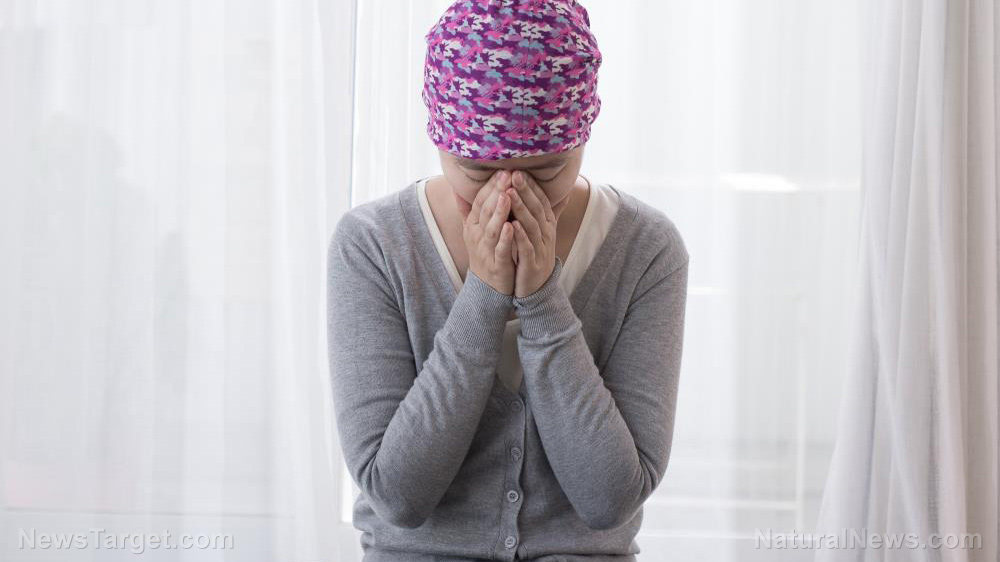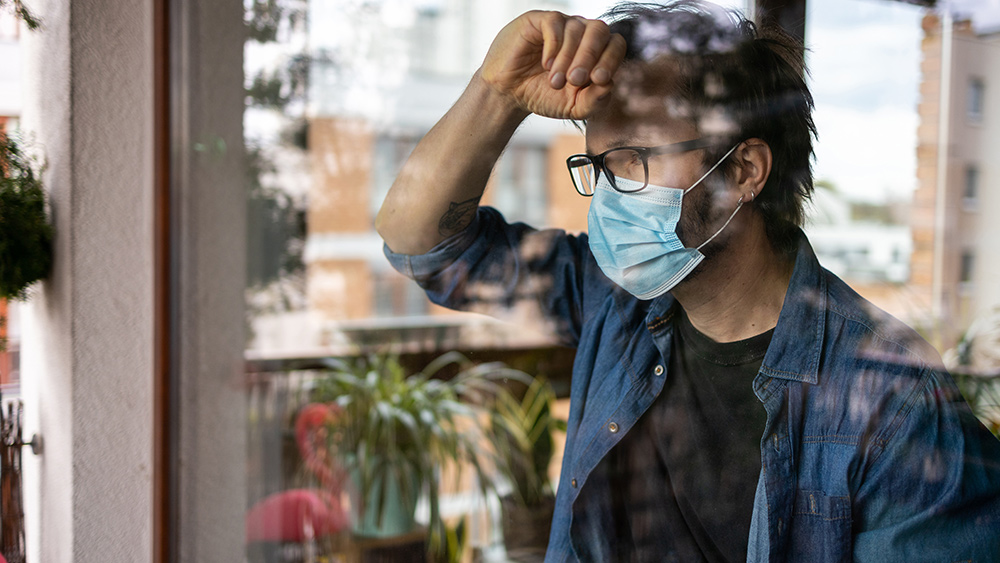Lynne McTaggart's "The Cancer Handbook: What's Really Working" unveils the truth behind cancer treatments
- Despite heavy investment, survival rates for most cancers have seen only marginal improvements. Chemotherapy, while effective for some cancers (e.g., Hodgkin’s disease), shows questionable benefits for others, with untreated patients sometimes faring similarly or better.
- Chemotherapy carries significant risks, including nausea, hair loss, secondary cancers (like leukemia) and poorly understood long-term effects, complicating its risk-benefit assessment.
- Belief in treatment — whether conventional or alternative — plays a crucial role in outcomes. Dr. Bernie Siegel's work highlights how psychological factors can influence recovery, supported by case studies.
- Promising but often overlooked approaches include immuno-augmentative therapy (Dr. Burton), peptide therapy (Dr. Burzynski) and the VG-1000 vaccine (Dr. Govallo), which target immune system enhancement or tumor suppression.
- Diet (antioxidants, vitamins, sulforaphane-rich foods), supplements (vitamin C, selenium) and "controversial" options (shark cartilage, Laetrile) are explored. Lynne McTaggart's "The Cancer Handbook: What's Really Working" advocates for personalized, integrative care combining medical, nutritional and emotional support.
In a world where cancer has become a pervasive threat, affecting one in three individuals in the Western world, the quest for effective treatments has never been more urgent. Yet, despite billions of dollars invested in research and the promise of cutting-edge therapies, survival rates have seen only marginal improvements.
"
The Cancer Handbook: What's Really Working" by Lynne McTaggart delves into this complex issue. It challenges conventional wisdom and offers a nuanced perspective on both traditional and alternative cancer treatments.
The narrative surrounding cancer treatment often emphasizes advancements in chemotherapy, new drugs and innovative treatment combinations. However, a deeper examination reveals a more sobering reality. The terminology used in oncology, such as "rescue" therapies and "salvage" operations, hints at a sense of desperation.
While certain cancers, like Hodgkin's disease and some childhood cancers, have shown promising responses to chemotherapy, the effectiveness of these treatments for most common cancers remains questionable. Some studies even suggest that untreated patients might experience similar, if not better, outcomes compared to those undergoing chemotherapy.
Chemotherapy, despite its potential benefits, is not without significant drawbacks. The side effects – which include nausea, vomiting, hair loss and an increased risk of secondary cancers, particularly leukemia – are well-documented. The
long-term effects of these toxic drugs are still not fully understood, further complicating the risk-benefit analysis for patients.
One of the most intriguing aspects of McTaggart's book is its exploration of the mind-body connection in cancer treatment. Dr. Bernie Siegel, a prominent cancer specialist, argues that belief plays a crucial role in the healing process.
Patients who have faith in their treatment, whether it is conventional or alternative, tend to have better outcomes. This concept is supported by numerous case studies and anecdotal evidence, suggesting that
the mind's influence on the body's healing processes is a powerful, albeit often underestimated, factor.
The book also sheds light on alternative treatments that are frequently overlooked or dismissed by the mainstream medical community. One such approach is immuno-augmentative therapy, developed by Dr. Lawrence Burton. Immuno-augmentative therapy involves injecting blood proteins to enhance the immune system and shrink tumors.
Peptide therapy is another
innovative method to address cancer. Pioneered by Dr. Stanislaw Burzynski, it uses peptides to reprogram cancer cells and induce remission.
Dr. Valentin Govallo's work on suppressing tumor immunity through the VG-1000 vaccine is another noteworthy development. His approach is based on the idea that tumors create an "immunological shield" to protect themselves from the body's immune system. By suppressing this shield, the body's natural defenses can be mobilized to attack the cancer.
Diet and nutrition are also highlighted as critical components in both preventing and treating cancer. The book emphasizes the importance of a diet rich in antioxidants, vitamins and minerals. Studies have shown that supplementation with beta carotene, vitamin E and selenium can reduce cancer mortality. Vitamin C, in particular, has been found to enhance the body's natural killer cell activity and inhibit the growth of cancer cells.
Other nutrients, such as essential fatty acids, are crucial for maintaining a healthy immune system. Foods rich in sulforaphane like broccoli and Brussels sprouts are also recommended for their anti-cancer properties.
Some alternative treatments such as shark cartilage, germanium and laetrile are more controversial. While they show promise in certain studies, concerns about their efficacy and potential side effects persist.
Herbs and homeopathy, including green tea and mistletoe extract, offer intriguing possibilities – with some laboratory studies demonstrating their anticancer effects.
The book underscores the importance of a holistic approach to cancer treatment, encompassing not only medical interventions but also lifestyle changes, stress management and emotional support. The story of Bryan's mother, who defied a grim prognosis through an unconventional treatment plan, exemplifies the potential of this comprehensive approach.
In conclusion, "The Cancer Handbook" is an essential read for anyone touched by cancer. It challenges the status quo, offering a comprehensive analysis of both conventional and alternative treatments. The key takeaway is that there is no one-size-fits-all solution.
The path to healing is deeply personal, and the most effective approach may vary from person to person. By staying informed and exploring all available options, patients can make empowered decisions about their health and well-being.
Watch this video on Lynne McTaggart's book "The Cancer Handbook: What's Really Working."
This video is from the
BrightLearn channel on Brighteon.com.
Sources include:
Brighteon.ai
Brighteon.com
 Parler
Parler Gab
Gab










